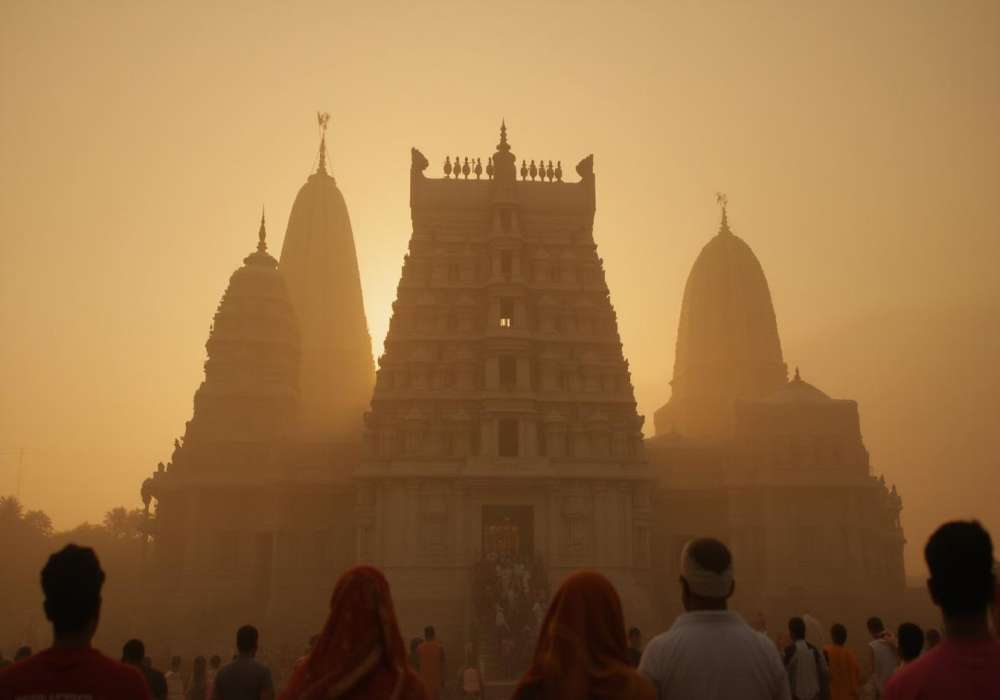
Last Updated At: 09-Sep-2025
Mysterious Facts About Jagannath Temple Puri - Unveil the Secrets
Welcome to the Jagannath Temple, a place full of surprises and mysteries. This special temple is important for its spiritual value and because it has some amazing secrets that go against what we normally expect from nature. One of the most talked-about Jagannath temple mysteries involves a flag that acts against the wind. Imagine a flag that doesn't follow the wind's direction but flows contrary to it! It’s a sight that defies common understanding and leaves scientists puzzled.
Adding to the intrigue, a daring ritual is performed daily. A priest climbs the equivalent of a 45-story building using his bare hands to replace this flag. This breathtaking feat, done without any safety measures, is believed to be crucial for the temple’s continuity. Missing a single day could lead to the temple's closure for 18 long years, a testament to its critical importance.
But the mysteries don’t stop there. In a world where shadows are a natural occurrence, the Jagannath Puri story introduces us to an astonishing exception. Parts of this sacred complex cast no shadow, defying the essence of light and shade. So, without further ado, let us continue to understand the mystery of Jagannath temple.
Read More : Places To Visit Near Jagannath Puri
List Of Top 10 Mysterious Facts About Puri's Jagannath Temple
- Direction of Flag
- A Tradition Older Than Many Civilizations
- The Colossal Chakra
- Installation of the Chakra
- The Sea
- Nothing Flies Above The Temple. Literally Nothing!
- An Engineering Marvel
- No Wastage of Prasadam
- Magical Cooking Method
- The Idols Are Changed Every Year
1. Direction of Flag
If you are also willing to ask, why is the Jagannath temple flag opposite? Why does it always float in a different direction from the wind? Let’s get on with it and find out.
It is found that the flag hoisted at the top of the temple dome always flows in the opposite direction of the airflow. There is no scientific explanation for this nature-defying fact.
2. A Tradition Older Than Many Civilizations
Did you know that the flag of the temple in Puri is changed every day? Accomplishing this is no mean feat. Every day, a saint scrambles up the dome of the temple, which is approximately a 45-stories building and changes the banner regularly for 1800 years as a piece of a ritual. If this ritual is not followed even for a day, the temple must be closed for the following 18 years.
Click Here for Flight Bookings
3. The Colossal Chakra
The colossal chakra which is more than 20 feet in height at the top of the temple was installed ages ago. It is said to be visible from every side of the city and the Chakra seems to be looking back with the same appearance. This is an architectural riddle that has yet to be solved.
4. Installation of the Chakra
The eight-spoke chakra was brought all way up and introduced on the gopuram 2000 years earlier. The designing procedures utilized at that time still stay a puzzle today. The Chakra upright at the highest point of the temple is 20 feet in height and weighs a ton. How this wheel was taken at the top and installed is another mystery that is still unsolved.
5. The Sea
Whenever we visit the seaside, the first thing that our senses catch is the crashing of waves on the shore. In the case of Jagannath Temple, the sea waves seem to go on mute as soon as one steps inside the premises from the Singha Dwara entrance. There is no sound of the waves at all. As soon as one comes out of the temple, the waves can be heard. Again, there is no scientific explanation for this mysterious fact.
6. Nothing Flies Above The Temple. Literally Nothing!
As you look up in the sky, you will find birds flying high, or resting on the tree tops. In the case of Puri’s Jagannath Temple, not even a single bird can be seen atop the temple dome. Nothing hovers above, no planes, not even any bird. There is no logical clarification for this yet.
7. An Engineering Marvel
When stepping out in the sun, our shadow is always with us. In the case of Jagannath Temple, the architectural prowess of our ancestral engineers is worth saluting. This temple has absolutely no shadow at all, irrespective of any direction.
8. No Wastage of Prasadam
There's one saying about the prasadam served in the temple. The number of devotees visiting the temple is 2000 to 20,00000 depending on a major event or ritual. However, the amount of Prasadam cooked in the temple is always enough for the devotees with not even a bite getting wasted. Thus, the prasadam is neither inadequate nor wasted.
Read more: Jagannath Rath Yatra
9. Magical Cooking Method
The prasadam is cooked in pots over firewood. Precisely 7 pots are put one over another. These pots are mounted one above the other, and surprisingly, the pot at the top gets cooked first followed by the second, and so on.
10. The Idols Are Changed Every Year
The old idols of the deities are disintegrated every 14-18 years and replaced by new deities made up of neem wood. The old idols are buried one over the other.
India is known for its rich culture and spiritual heritage. Puri Jagannath Temple is one of the most visited temples in Odisha and all over the country, and is also known for its annual Rath Yatra. The whole city comes alive with religious revelry, drum beats, and the devotees gathering to get a glimpse of the Lord as he comes out from the sanctum with his brother and sister to mingle with the common people.
Conclusion
As we wrap up our exploration of the Jagannath Puri mystery, it's clear that the Jagannath Puri Temple is not just a place of worship but a treasure chest of fascinating tales and unexplained things.
The facts about Jagannath Temple reveal a world where the ordinary rules of nature don't always apply. From flags flying against the wind to parts of the temple that cast no shadows, these Jagannath Puri temple facts invite us all to wonder and perhaps believe in the magic surrounding this ancient sanctuary. So, the next time you visit, look closely. You might find yourself face-to-face with a mystery that challenges everything you know about the natural world.
The Jagannath Puri story is steeped in legend, centered around the famous Jagannath Temple in Odisha, India. It narrates the divine manifestation of Lord Jagannath, along with his siblings Balabhadra and Subhadra, revered by millions. This sacred tale resonates deeply during the annual Rath Yatra, attracting devotees worldwide to witness the grand chariot procession.
Ready to experience the mysteries of Jagannath Puri for yourself? Book your trip with Adotrip today and dive into the temple's spiritual and supernatural wonders. Take advantage of a journey that promises more than just a visit; it offers a gateway to the unknown.
Frequently Asked Questions About Mysterious Of Puri’s Jagannath Temple
Q1. What is the significance of the Jagannath Temple?
A1. The Jagannath Temple, located in Puri, Odisha, is one of the Char Dham pilgrimage sites for Hindus. It is dedicated to Lord Jagannath, a form of the Hindu god Vishnu.
Q2. What is the unresolved mystery of Jagannath Temple?
A2. The exact date of construction is uncertain, but it is believed to have been built in the 12th century by King Anantavarman Chodaganga Deva of the Eastern Ganga dynasty.
Q3. What is the architecture of the Jagannath Temple like?
A3. The Jagannath Temple in Puri is shrouded in mystery, notably its flag, which flaps against the wind, and the Sudarshan Chakra atop the temple, visible from anywhere in Puri, both defying logical explanations and adding to the temple's mystique.
Q4. What is the Rath Yatra, and what is its significance at the Jagannath Temple?
A4. The Rath Yatra, or Chariot Festival, is a significant annual event where the deities of Lord Jagannath, his brother Balabhadra, and sister Subhadra are taken out of the temple on elaborately decorated chariots and pulled by devotees.
Q5. Can anyone enter the Jagannath Temple?
A5. No, only Hindus are allowed to enter the temple premises. Non-Hindus can view the temple from a designated platform outside.
Q6. What is the Niladri Mahodaya associated with the Jagannath Temple?
A6. Niladri Mahodaya is the ceremonial installation of the deities in new wooden forms, which takes place every 12 to 19 years. It is a grand event attracting thousands of devotees.
Q7. How is the Jagannath Temple managed?
A7. The temple is managed by a body of priests and administrators known as the Shree Jagannath Temple Administration (SJTA), appointed by the government of Odisha.
Q8. What are some unique rituals performed at the Jagannath Temple?
A8. Some unique rituals include the daily offering of Mahaprasad (food offered to the deities), the Chandan Yatra (sandalwood paste festival), and the Snana Yatra (bathing festival).
Q9. Is photography allowed inside the Jagannath Temple?
A9. Photography is strictly prohibited inside the temple premises to maintain sanctity and respect for the deity.
Q10. जगन्नाथ पुरी के कौन से 10 रहस्य सबसे अधिक रोचक हैं??
A10. जगन्नाथ पुरी के दस रहस्यमयी तथ्य निम्नलिखित हैं:
- विपरीत ध्वज: मंदिर के शिखर पर लगा ध्वज हमेशा हवा के विपरीत दिशा में लहराता है।
- सुदर्शन चक्र की दृश्यता: शिखर पर स्थित सुदर्शन चक्र पुरी के किसी भी कोने से स्पष्ट रूप से दिखाई देता है।
- बिना छाया वाली धार्मिक स्थली: मंदिर के शिखर की कोई छाया नहीं पड़ती, जो कि वास्तुशास्त्र की सामान्य समझ के विरुद्ध है।
- निर्लिप्त सागर: मंदिर के सामने का सागर अपने शांत रूप में दिखाई देता है, जो कि अन्य समुद्री किनारों के विपरीत है।
- रसोई का चमत्कार: मंदिर की रसोई में बनने वाला प्रसाद सात बर्तनों में एक के ऊपर एक रखकर पकाया जाता है, और सबसे ऊपरी बर्तन सबसे पहले पकता है।
- गर्भगृह का सन्नाटा: मंदिर के गर्भगृह में किसी भी प्रकार की आवाज़ या बाहरी शोर नहीं सुनाई देता है।
- महाप्रसाद: मंदिर में प्रतिदिन बनने वाला महाप्रसाद कभी भी कम या अधिक नहीं होता, हमेशा श्रद्धालुओं की संख्या के अनुरूप ही बनता है।
- अदृश्य और अनदेखा रास्ता: कहा जाता है कि मंदिर के गर्भगृह से एक गुप्त मार्ग बैकुंठ धाम को जाता है।
- नवकलेवर रस्म: हर बारह या निन्न्यानवे वर्षों में भगवान जगन्नाथ की प्रतिमाओं को बदला जाता है, जिसे 'नवकलेवर' कहा जाता है।
- अखंड ज्योति: मंदिर में सदैव जलती रहने वाली एक अखंड ज्योति है, जिसे कभी भी बुझाया नहीं जाता।
--- Published By Adotrip
Latest Blogs
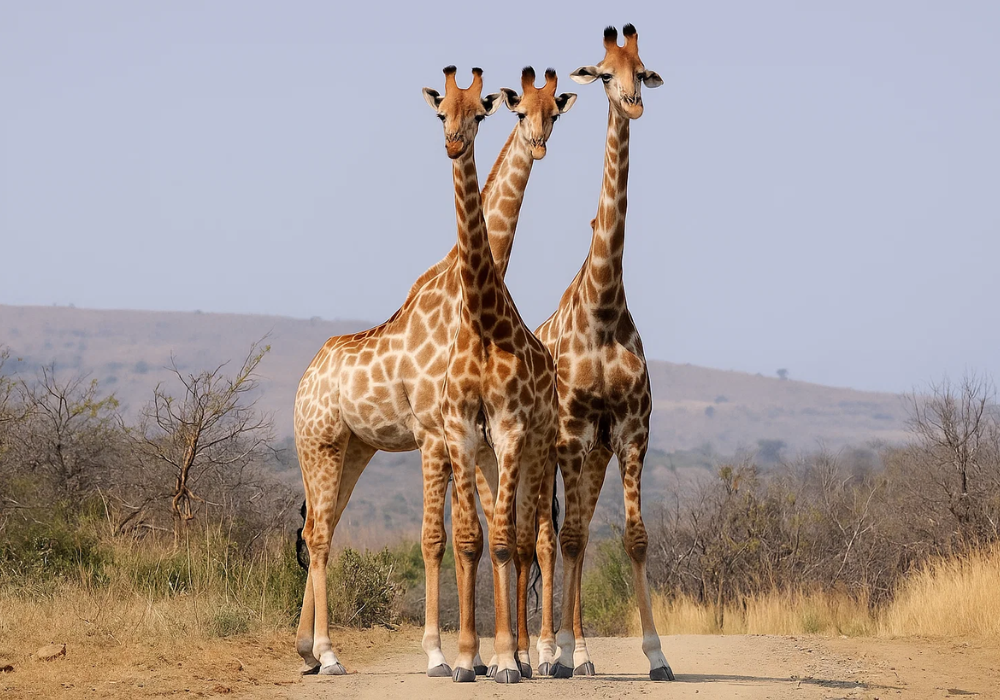
Cash in the Wild: My Safari Adventure Across Kenya with Only...

One Day Picnic Spot Near Pune - Adventure, Trekking and Natu...
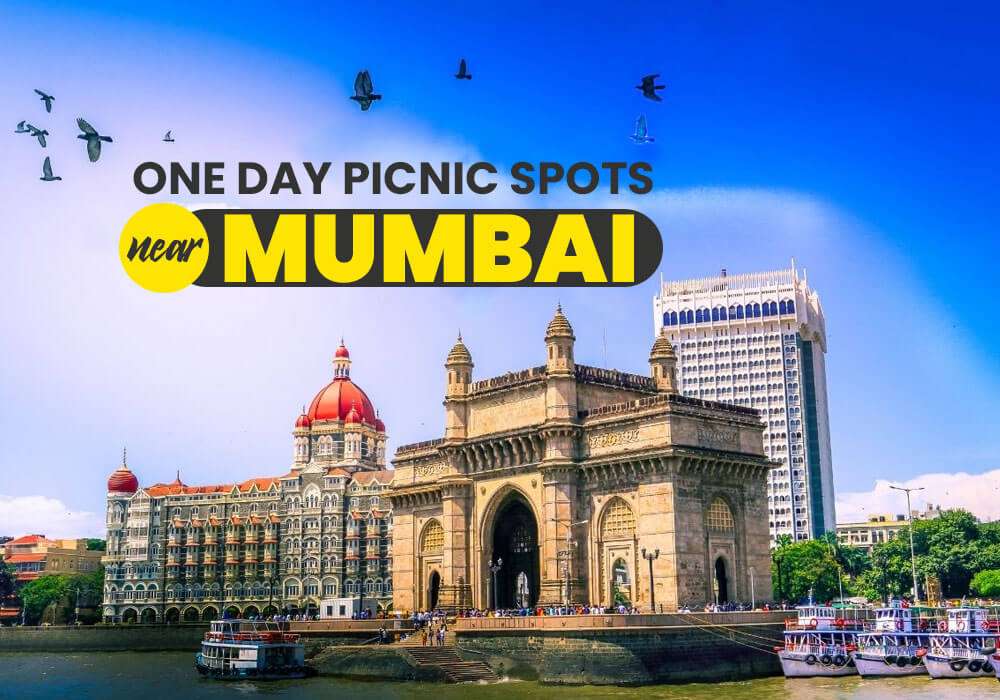
One Day Picnic Spots Near Mumbai - Monsoon, Adventure, Beach...

The Best Places to Go in Thailand in 2025
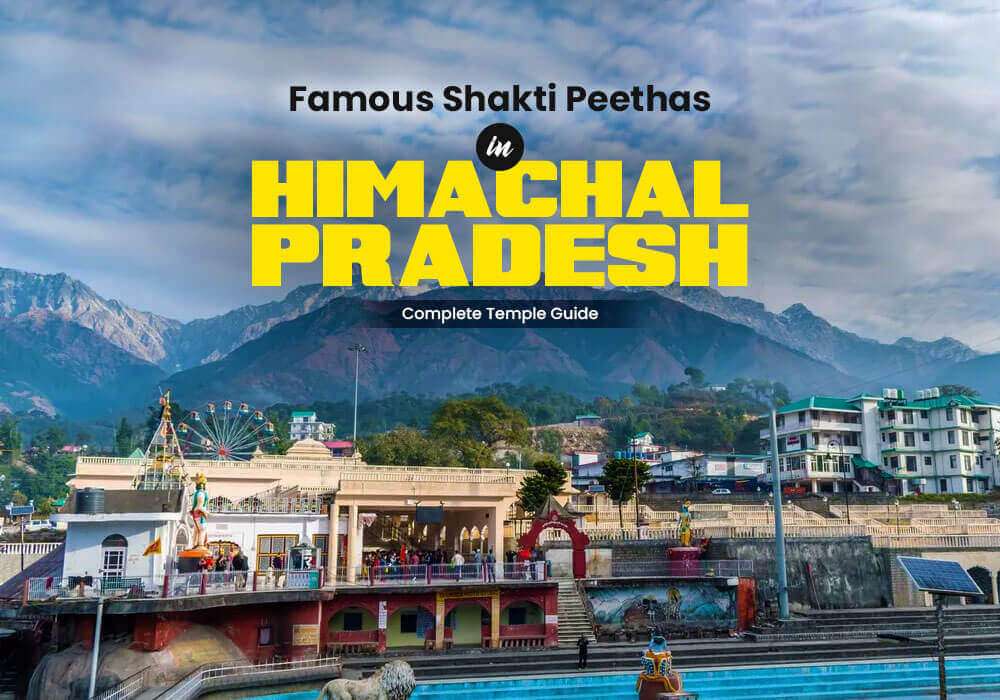
5 Famous Shakti Peethas in Himachal Pradesh
Popular Packages
Popular Flights
Pune to Rourkela Flights
Mumbai to Bhubaneswar Flights
Kolkata to Rourkela Flights
Delhi to Rourkela Flights
Bangalore to Bhubaneswar Flights
Pune to Bhubaneswar Flights
Delhi to Bhubaneswar Flights
Bangalore to Rourkela Flights
Mumbai to Rourkela Flights
Kolkata to Bhubaneswar Flights

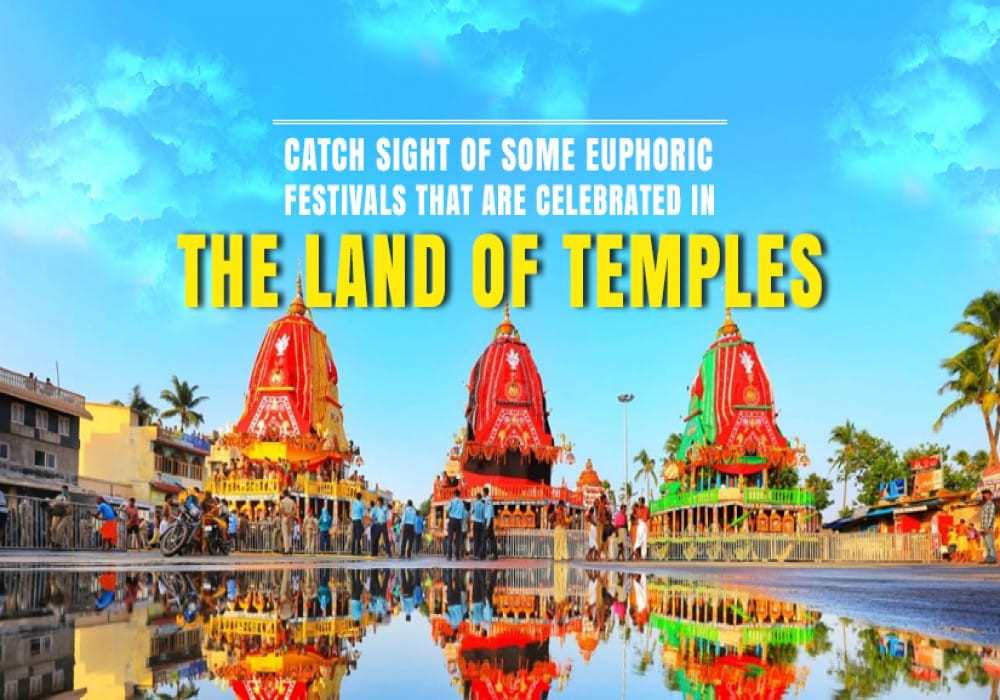
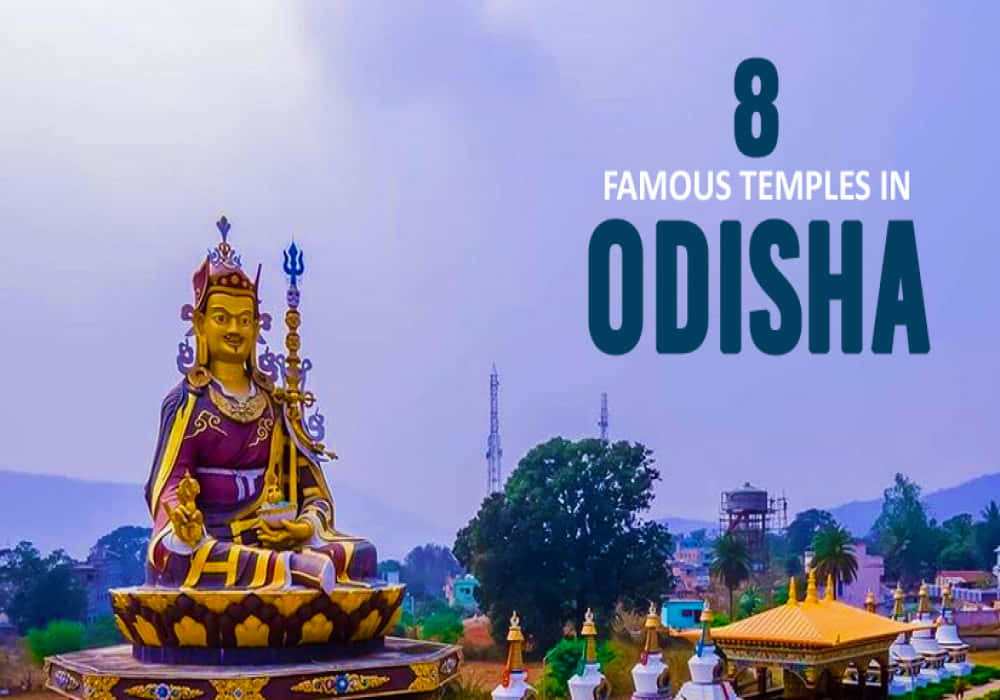
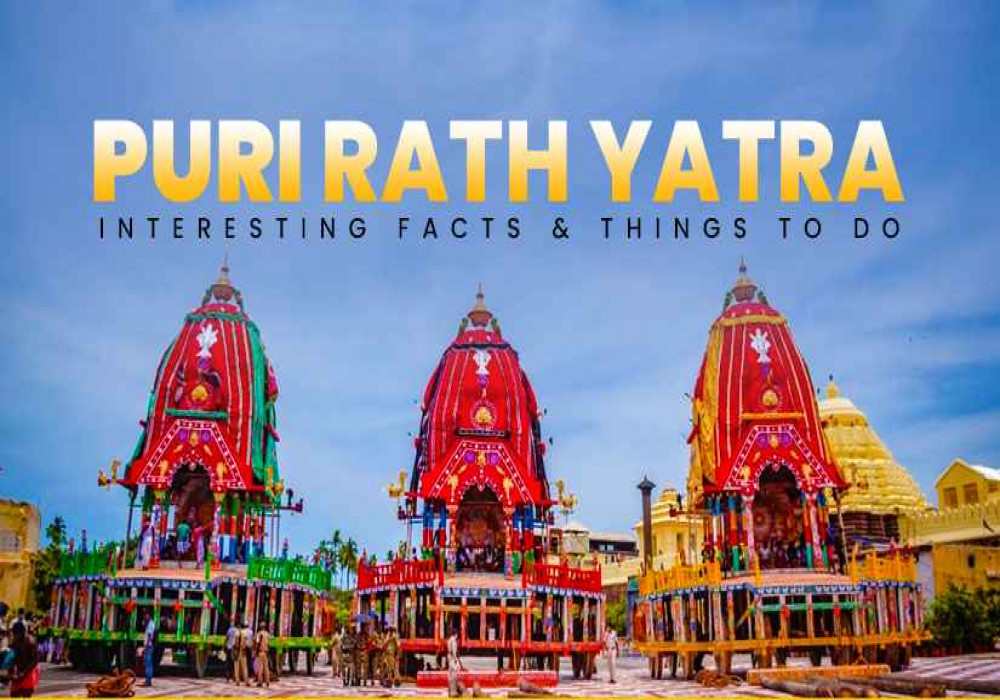



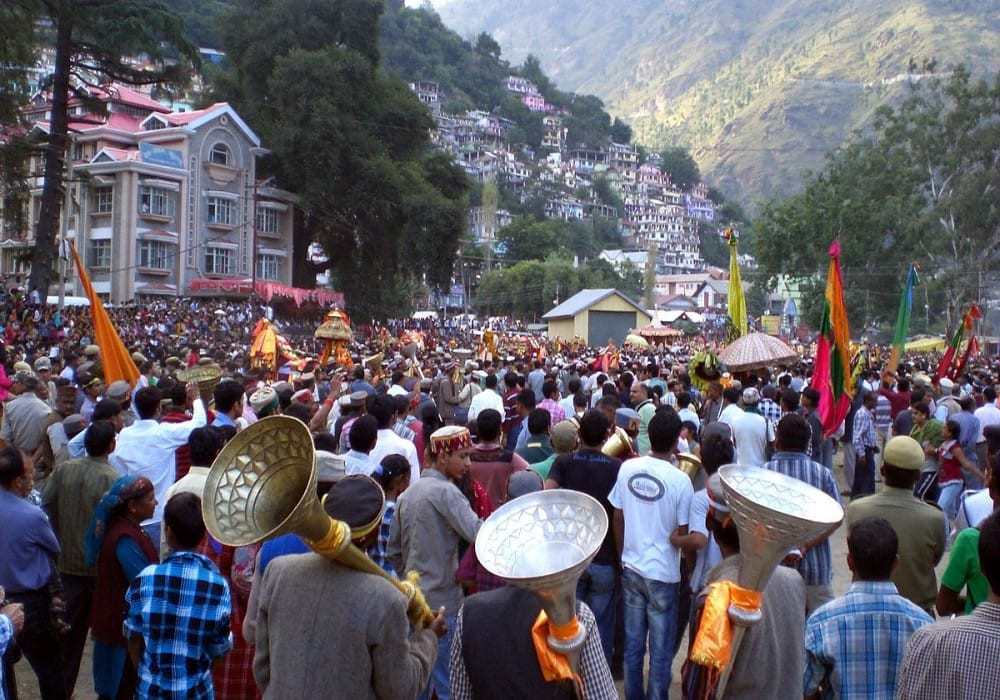
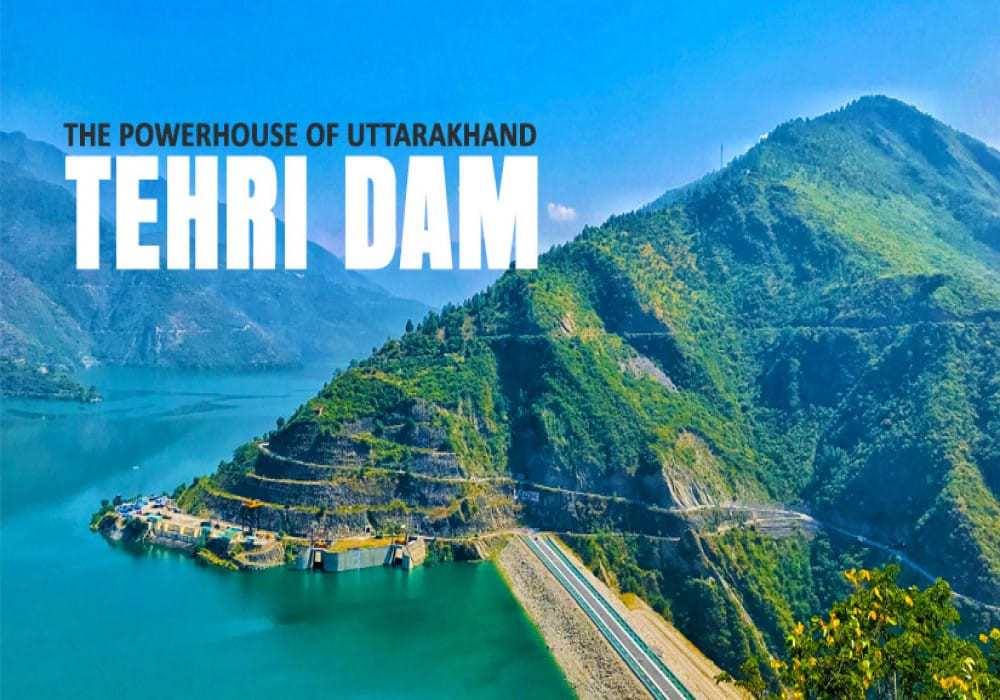


.jpg)
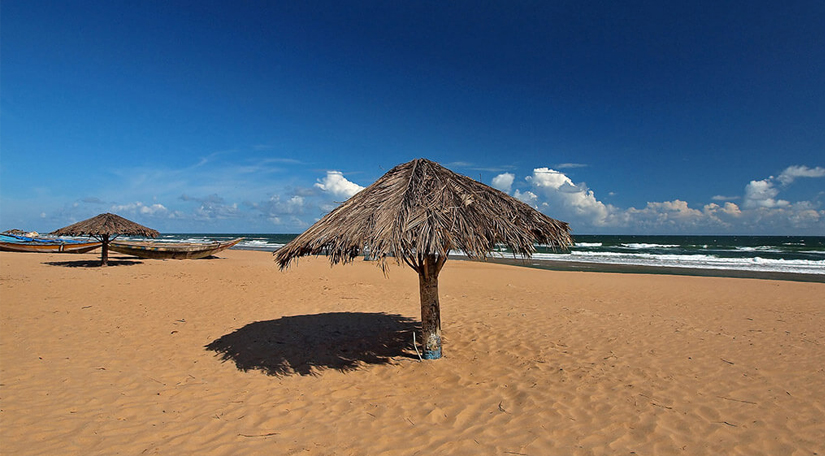
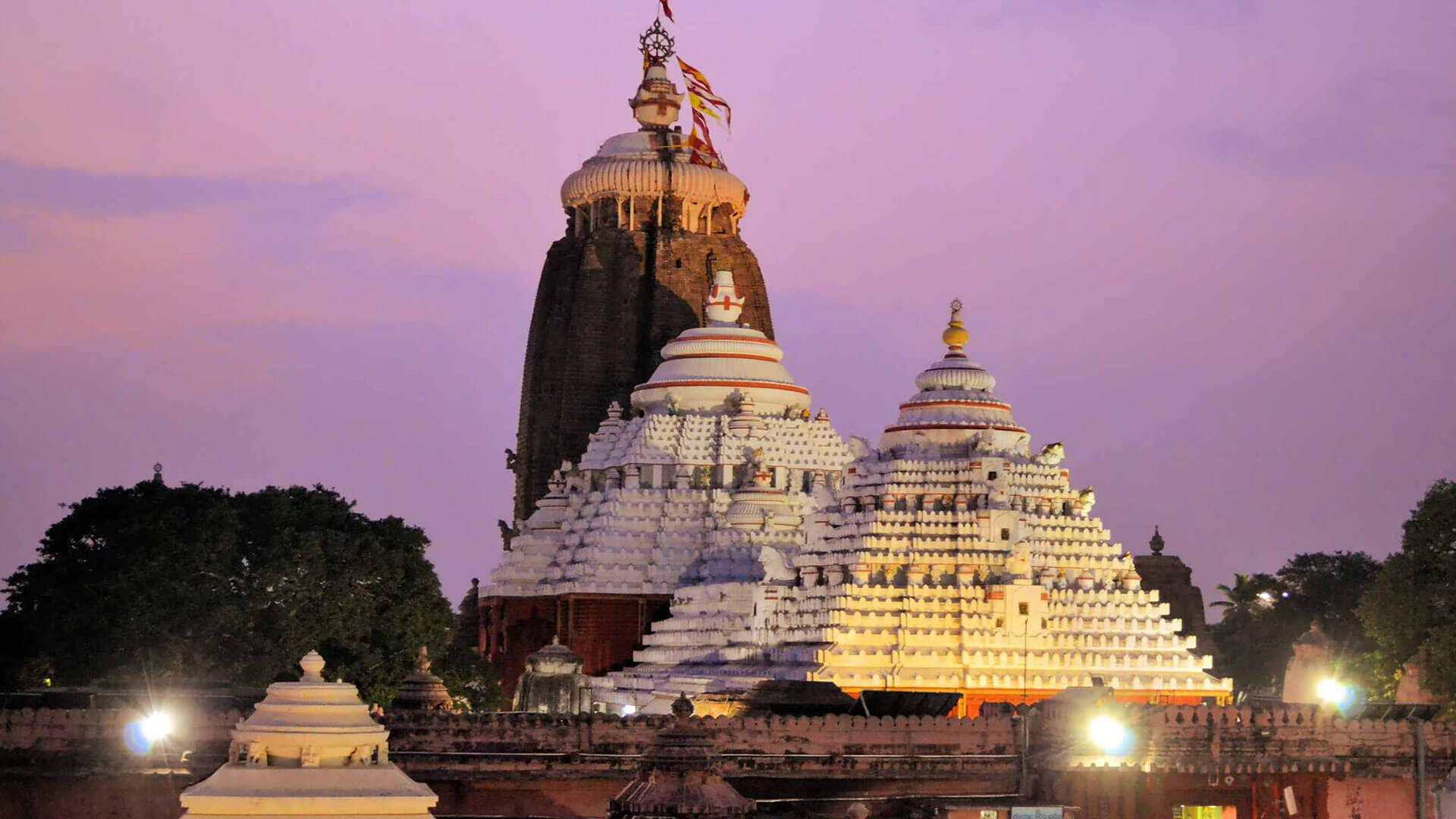
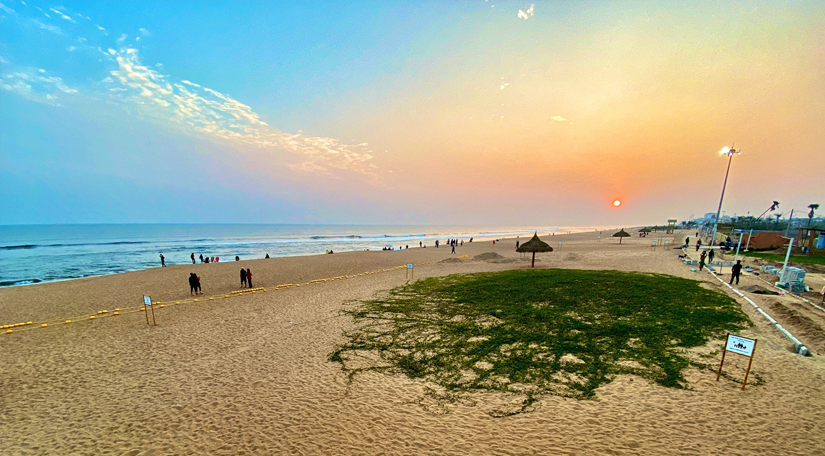
 Dubai
Dubai Malaysia
Malaysia USA
USA





